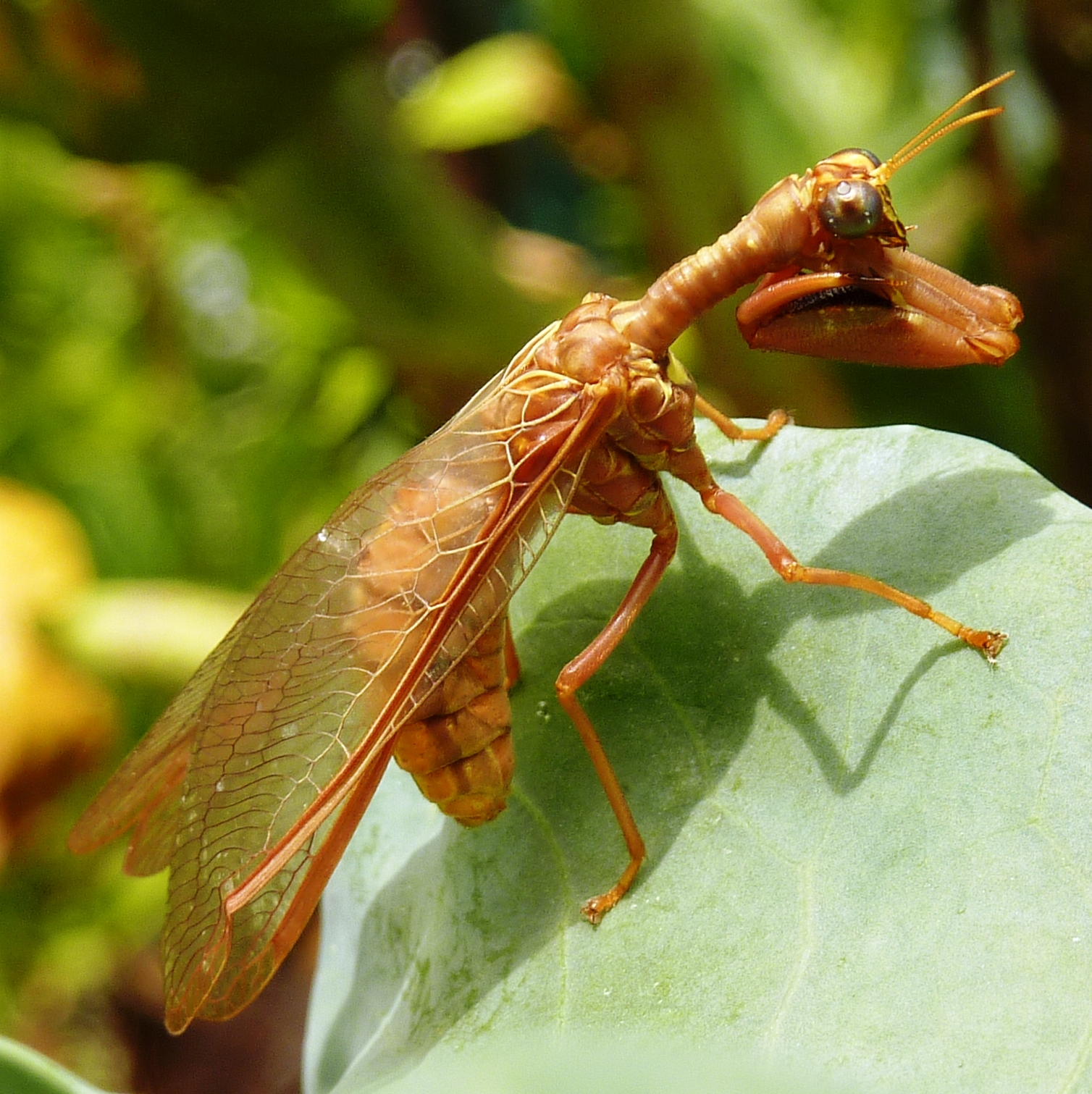Dicromantispa interrupta

Mantisfly
Monday, December 14, 2020
My Florida Torrey 2020 Status
Saturday, December 5, 2020
Solar Greenhouse Thermal Mass Hydroponics
Many greenhouses today use thermal mass water tanks. The 26 ft diameter Open Spaces Growing Dome solar greenhouse that I manage for a friend at 3400 ft elevation in western North Carolina has one that might hold about 600 gallons. Climate zone maps say it is within zone 7, but I believe it might as well be zone 6 at that elevation. Whatever.
I have asked around on Facebook's greenhouse and general gardening groups
whether anyone is using their thermal mass water tanks for hydroponic or aquaponic
cultures, and have received zero responses one way or the other. My suspicion
is that people who do so are doing it on a commercial scale, which is fine as
far as that goes. However, there are many greenhouse gardeners who grow for
their own and friends’ tables, so I think this represents a currently wasted
opportunity. If you have a thermal mass water tank in your greenhouse, or are
thinking about putting one in, consider adding edibles to those tanks. I don’t
think you will find very much directly applicable information out there (and I
could be wrong about that), but perhaps if we who do eat what comes out of our
tanks, we can share what we have learned in Facebook greenhouse and gardening
groups.
I started out by researching crops to grow on a small scale in the GH I manage. It turns out that there are few such crops, and many of them are invasive pests that can be illegal to grow; e.g., watercress (Nasturtium officinale), which grows rampantly in some of America’s natural streams. Other native wild species like yellow water lily (Nuphar advena) and wild rice (Zizania, four species) are too large and difficult to harvest from small water tanks. I uncovered no suitable aquatic plants, so I looked for wetland plants that might be grown on floats.
One of the most promising candidates is Chinese water chestnut (Eleocharis edulis). This is a small wetland plant that can be raised in shallow water in a matrix of organic mud (I don’t call it soil, as there is no such thing as a true wetland “soil”). I obtained ten corms of it from a nursery in Florida, then punched five half-inch holes in the bottom of a closed-cell foam packing tray and placed five corms in the holes equally spaced around in the tray:
I then added the other five corms and filled the tray with about two inches of organic mud. They took their sweet time to sprout and then grew relatively slowly, averaging maybe 14 inches in height by early July 2020 (week 13):
As of last week (week 31), some of the leaves had grown to a height of about 16 inches and had started to die back for the winter. I do not know if the original corms have budded new ones, as this is not obvious. They may have stored enough energy during this past growing season to add more corm/shoot growth in the coming spring, and I don’t want to retard that possibility by disturbing them now just prior to winter. About half of the mud is gone, presumably by decomposition, but possibly also by percolating down into the tank through the watering holes. I plan to add more mud during early springtime. In the photo, note the plants’ white roots floating just under the water’s surface:
There are a few small fish (unknown species) in the tank to keep mosquito larvae at bay. I was afraid the fish might eat the roots, but that does not seem to be a problem. There is a thick layer of algae growing atop the mud, and I wonder if it will adversely affect the plants, but that remains to be seen.
Despite the water chestnut’s slow growth, I was encouraged by the successful proof of concept, wherein the floating wetland bed remained afloat, the water chestnuts flourished, the mud acted as a wetland substrate, and nothing bad happened over the five-month experiment. However, further internet searches turned up no other suitably promising floating wet mud crops, so I turned my attention to drier floating substrates, and it being autumn becoming winter, settled on peas - specifically snow and sugar snap peas. I had already successfully raised those in outside beds nearby, so I knew they would work with the potting soil that was available.
This time, I used Styrofoam packaging material, again punched half-inch holes in the bottom for irrigation, and placed 1- to 2-inch rocks above the holes to elevate the potting soil above the water level and hopefully to keep most of the dirt from dropping through the holes. This is what it looked like one week after planting (late September 2020):
The pea seeds fairly leapt up out of the ground! Over the following weeks, the plants (vines) grew eight inches up and over the edge of the tank, another four feet down to the greenhouse floor, and then back up another two feet. That’s almost seven feet over 11 weeks, which was easily twice the length of pea vines grown outside in the garden bed during the summer. I don’t know if they grew faster in the greenhouse because peas are a cool season crop, but I also must admit that they have yet to flower and set seed. There could be a nutrient deficiency in the water tank, but that is hard to determine because water nutrient analyses are expensive and the county extension agency is oriented toward determining fertilizer levels in dirt, not water.








